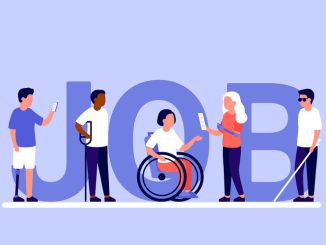
With more employees working beyond the traditional retirement age, businesses must adapt health and safety strategies to ensure a safe, inclusive and supportive environment for all
CREDIT: This is an edited version of an article that originally appeared in HSE
As the workforce ages and more employees work beyond the expected retirement age, businesses must adapt their health and safety policies to ensure a safe, inclusive and supportive environment for all workers, particularly older employees.
Demographic Shifts
According to the latest UK Annual Population Survey (July 2023 to June 2024), the state pension age is 66, yet 9.5% of individuals aged 66 or older (around 1.12 million people) are still employed. With the average retirement age and life expectancy continually increasing, many workers are delaying retirement well beyond the traditional age of 65.
This trend means businesses need to adjust their health and safety frameworks to account for the distinct risks associated with older workers. Failure to do so could result in legal and financial consequences. To ensure the safety and wellbeing of all employees, organisations must consider the increased health and safety risks older workers may face and proactively address these in their policies.
Risk Assessments
Organisations should carry out comprehensive, age-inclusive risk assessments to ensure their health and safety practices address the specific needs of older workers. Rather than waiting for employees to reach a certain age, these assessments should focus on evaluating changes in an employee’s health, abilities and job requirements over time. For example, older workers may benefit from adjustments to reduce physical strain or allow more time to complete tasks. Businesses should consider redistributing physically demanding tasks or manual handling duties to lower injury risks. Additionally, providing older employees with opportunities to take on roles that better align with their capabilities can be an effective approach.
Job Design
Job design is crucial in ensuring older workers remain healthy and productive in the workplace. Adjustments to work patterns and break frequencies, such as implementing flexible schedules and offering more frequent breaks, can help accommodate their stamina levels. Shift arrangements and rotation systems should also be reviewed to avoid fatigue, ensuring workers have enough rest between shifts. Furthermore, task variety and exertion levels should be regularly monitored, making necessary adjustments to prevent strain. This might involve rotating tasks to reduce the risk of overexertion.
Benchmarking and Planning
While these adjustments are essential, it’s important to focus on supporting everyone’s unique capabilities rather than making assumptions based on age. Research, such as the IOSH post-retirement report, can offer valuable insights and benchmarks for creating health and safety policies that are appropriate for older workers. These findings can guide the development of effective strategies to improve the health, safety and productivity of employees as they age.
Creating an age-inclusive health and safety policy requires thoughtful, long-term planning. By conducting risk assessments, adjusting job designs and prioritising the health and safety of older employees, organisations can foster safer and more productive workplaces for everyone. By leveraging the experience of older employees and adapting workplace practices, businesses can create a more sustainable and inclusive work environment for all.


Be the first to comment